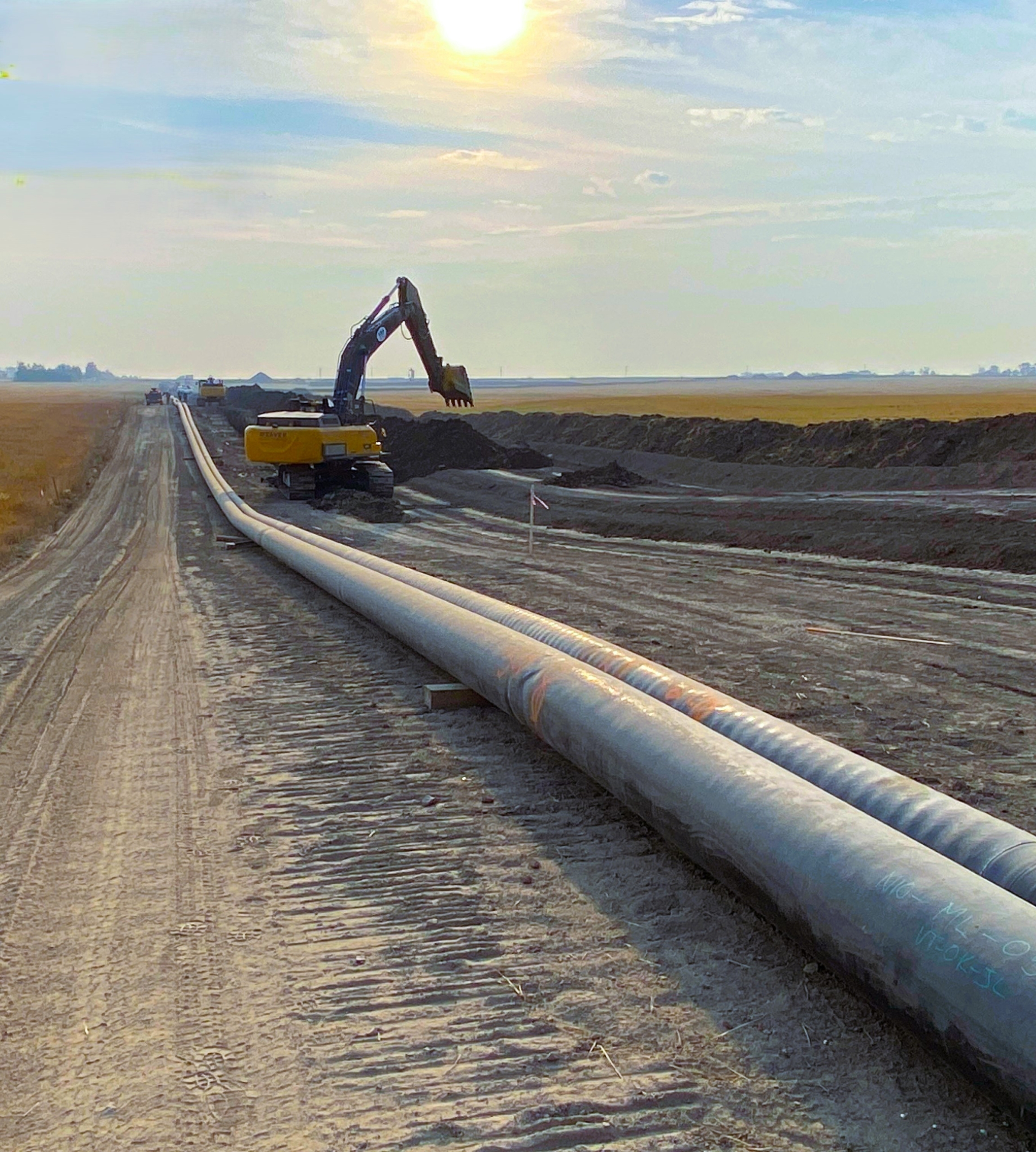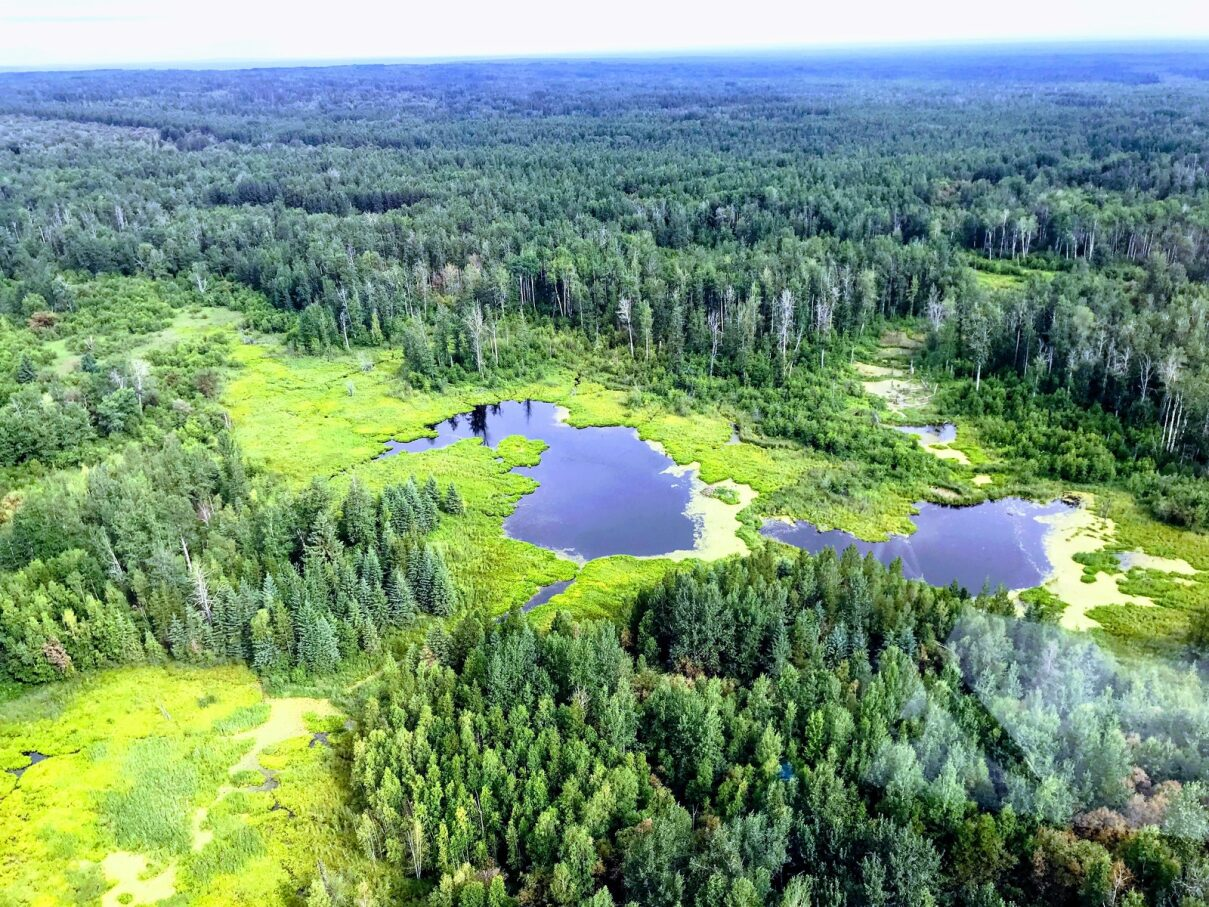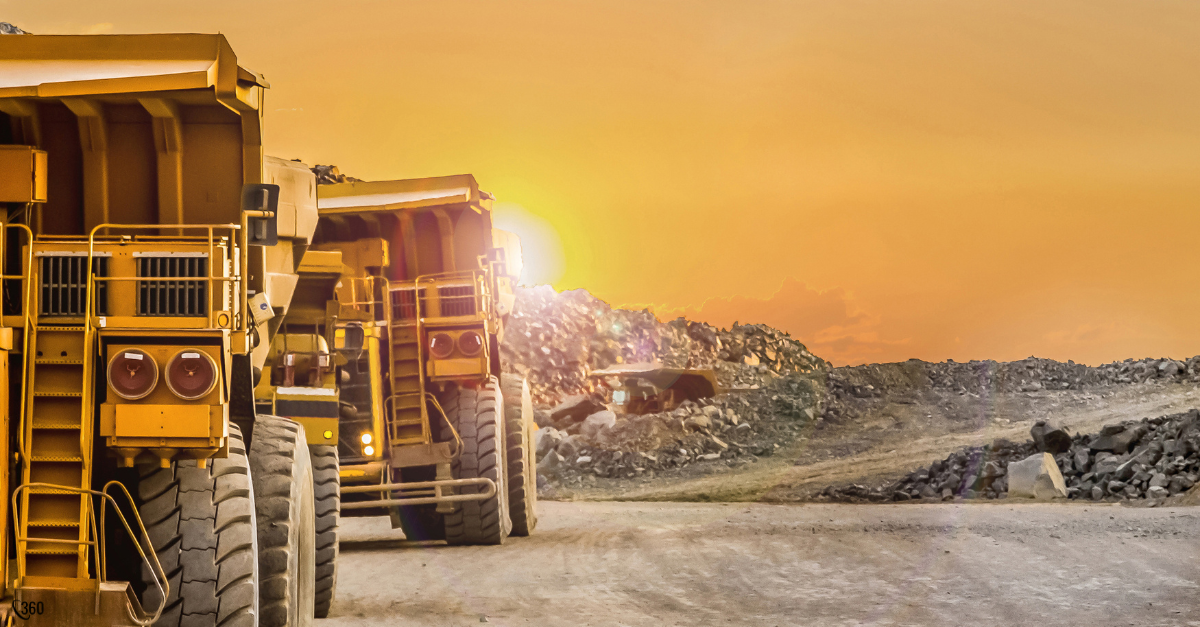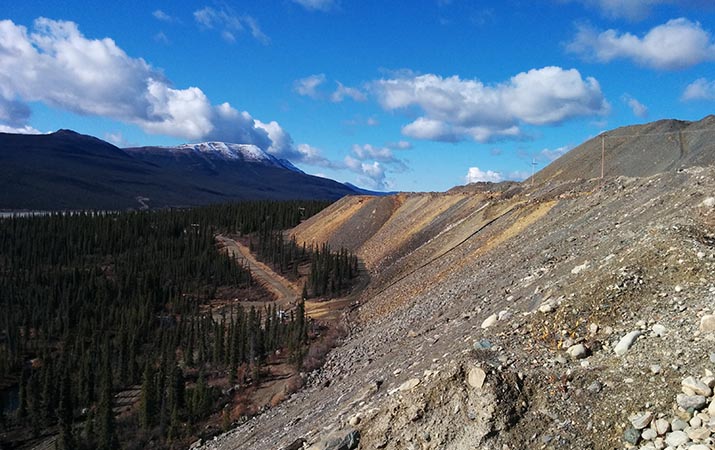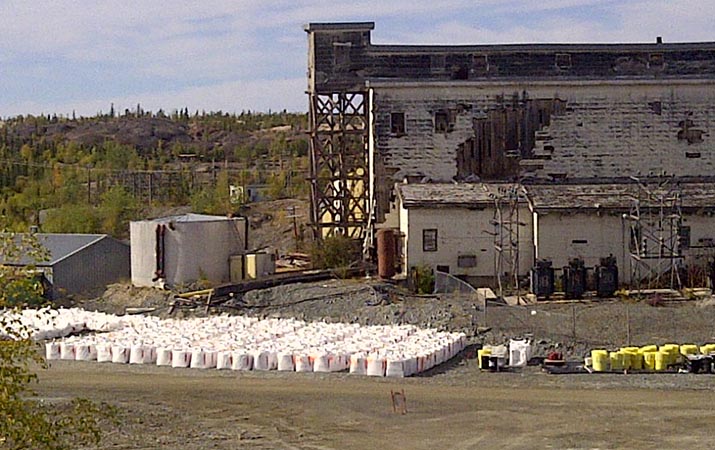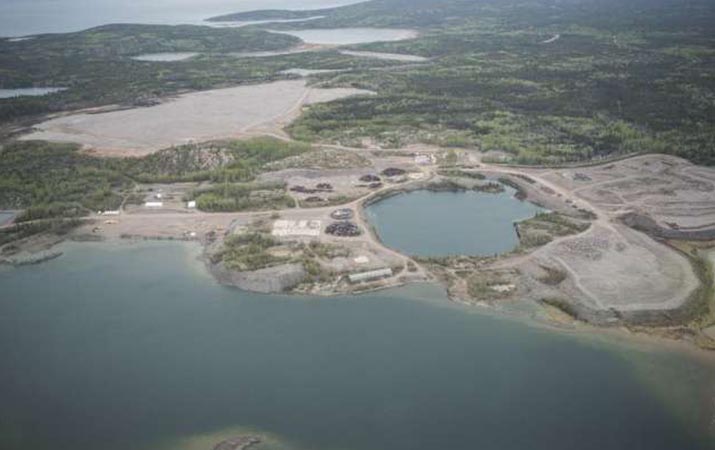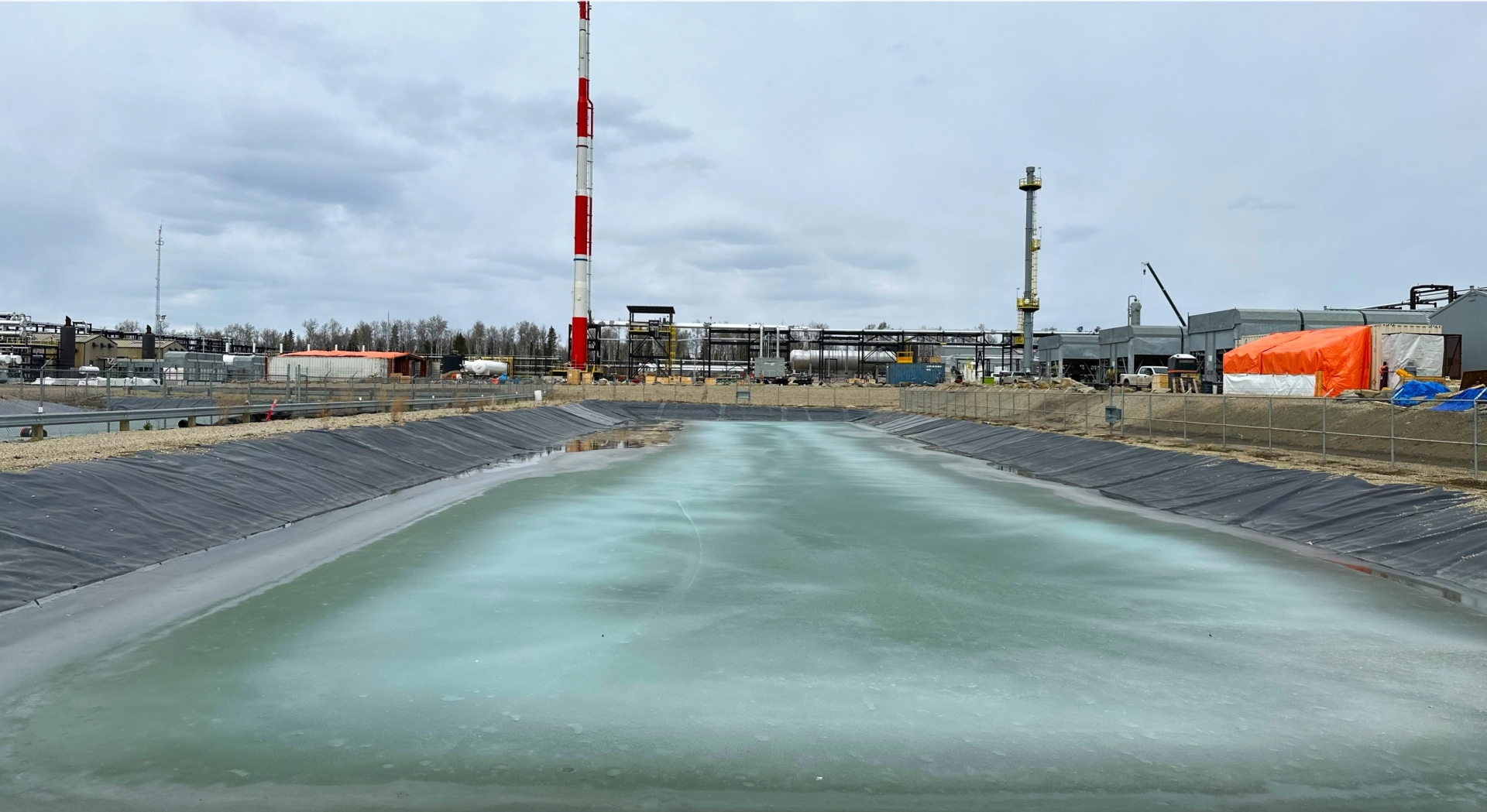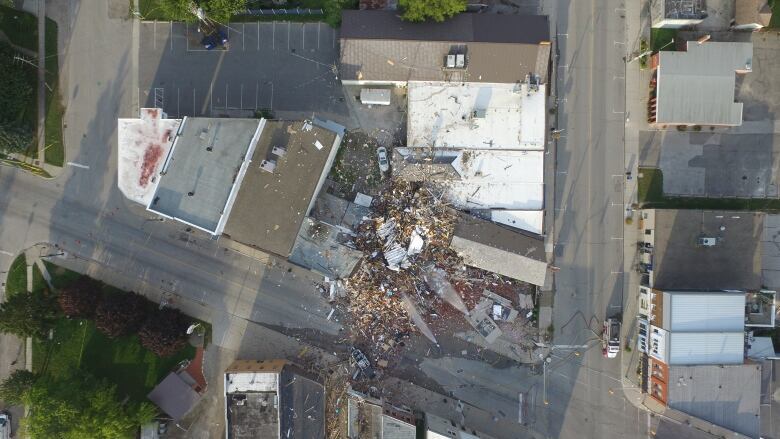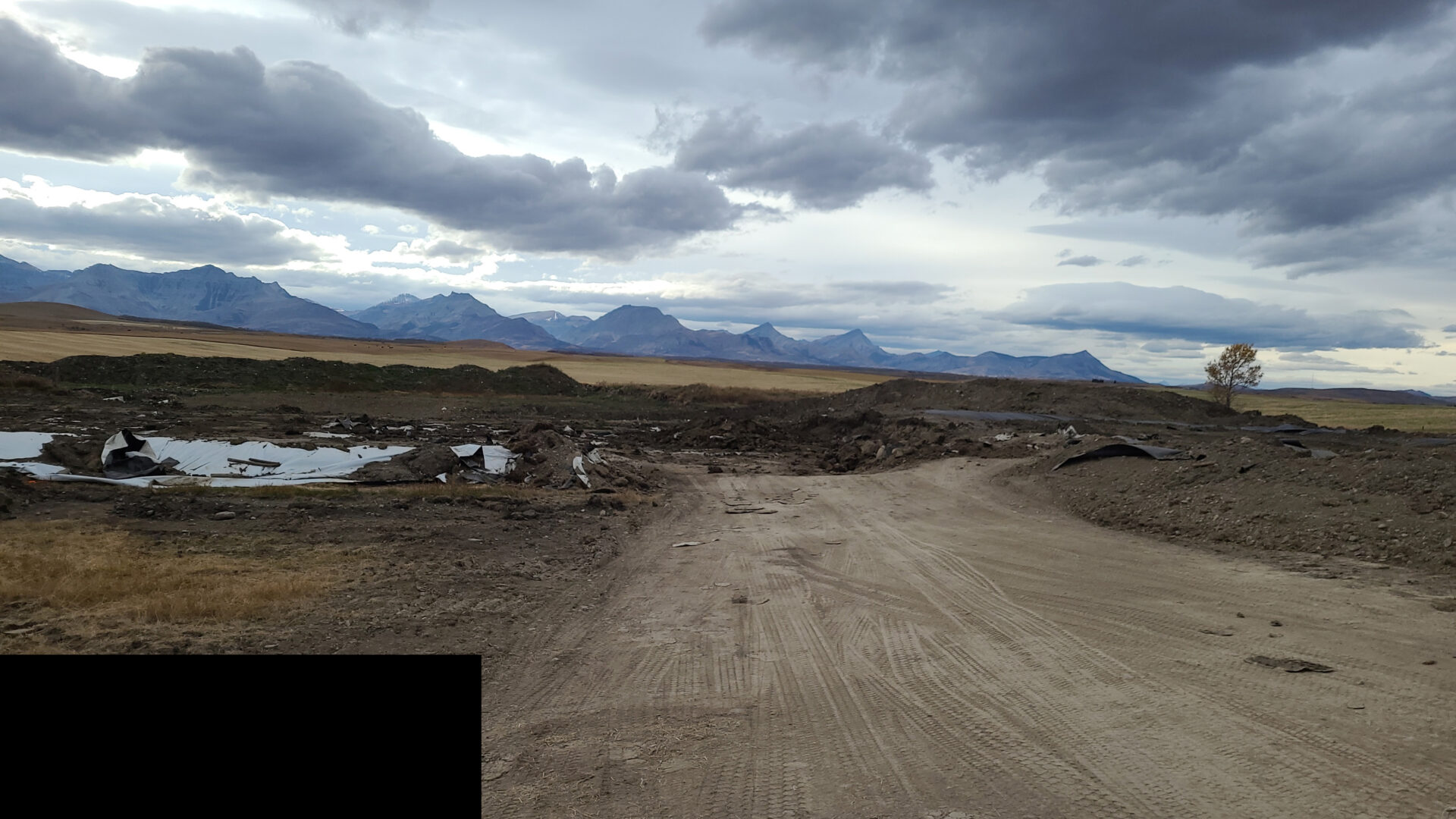With increased scrutiny around liability, abandonment, environmental closure and decommissioning, our industry must continue to mature and evolve in addressing these liabilities.
One such way that the AER has done so is to release a pilot program intended to allow low risk zones to be abandoned together. Successful pilot projects require pre-planning and coordination among a multi-disciplinary team of professionals.
The process involves the following:
- Plotting the proposed area for commingled abandonment in AER OneStop
- Completing the AER Commingled Abandonment Pilot Request Form
- Providing the methods used in completing the AER Commingled Abandonment Pilot Request Form
- Providing net pay maps of proposed zones for commingled abandonment
- Submitting non-routine abandonment submissions through AER DDS for each proposed well
The AER Commingled Abandonment Pilot Request Form provides data which contributes to the risk rating of each well. Some of this data includes:
- H2S gas concentration
- Base of groundwater protection depth
- Cementing information
- Production information
- Virgin formation pressure
- Formation fracture pressure
- Cap rock integrity
- Offsetting development information
For more information from the regulator, follow the link https://www.aer.ca/regulating-development/project-application/integrated-decision-approach/pilot-projects
For more information from 360 on how to approach commingled abandonment programs, please contact our Abandonment and Decommissioning Team Lead – Adam Derry at aderry@360eec.com

About the Author
Adam Derry, P.Eng., Director of Engineering
Adam brings over 12 years of energy industry experience to the 360 team, with three of those years as a wellsite supervisor. Beginning as a drilling rig floorhand, Adam has complemented his engineering skillset with hands-on experience in a variety of field operations including drilling/completion and abandonment of oil and gas wells, facility commissioning, and facility decommissioning. He is a Professional Engineer in good standing with APEGA and PEO and is currently serving the Drilling and Completions Committee of Energy Safety Canada by volunteering as Co-Chair of IRP-30 – Temporary Wellbore Suspensions.


